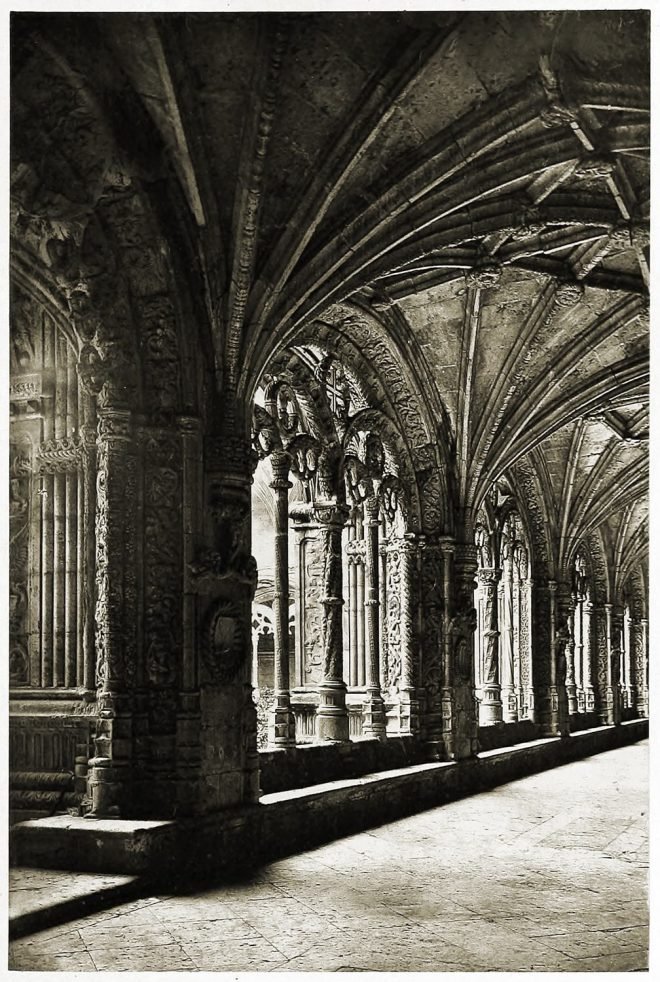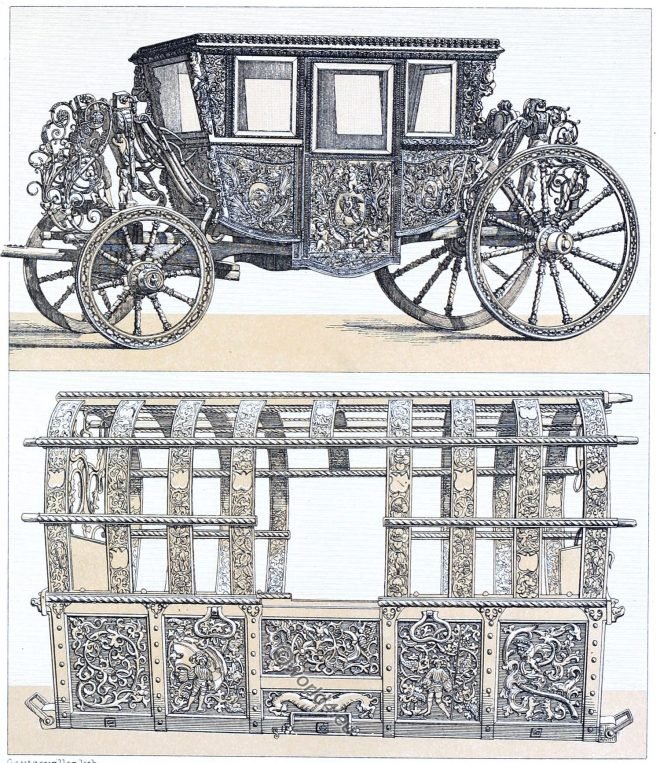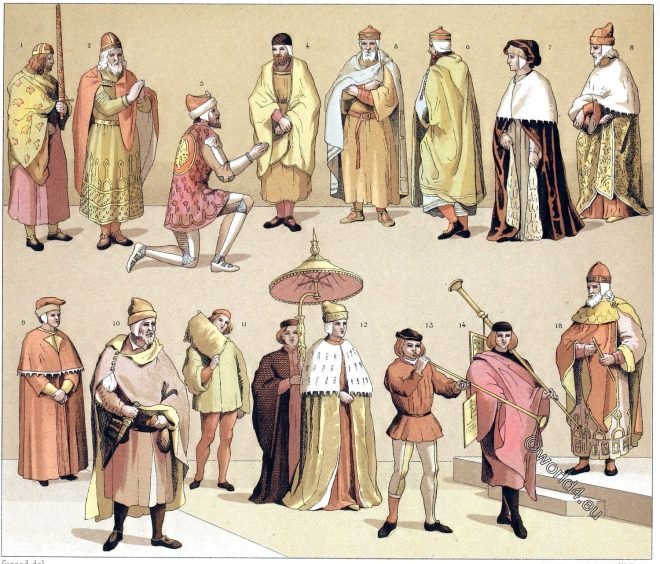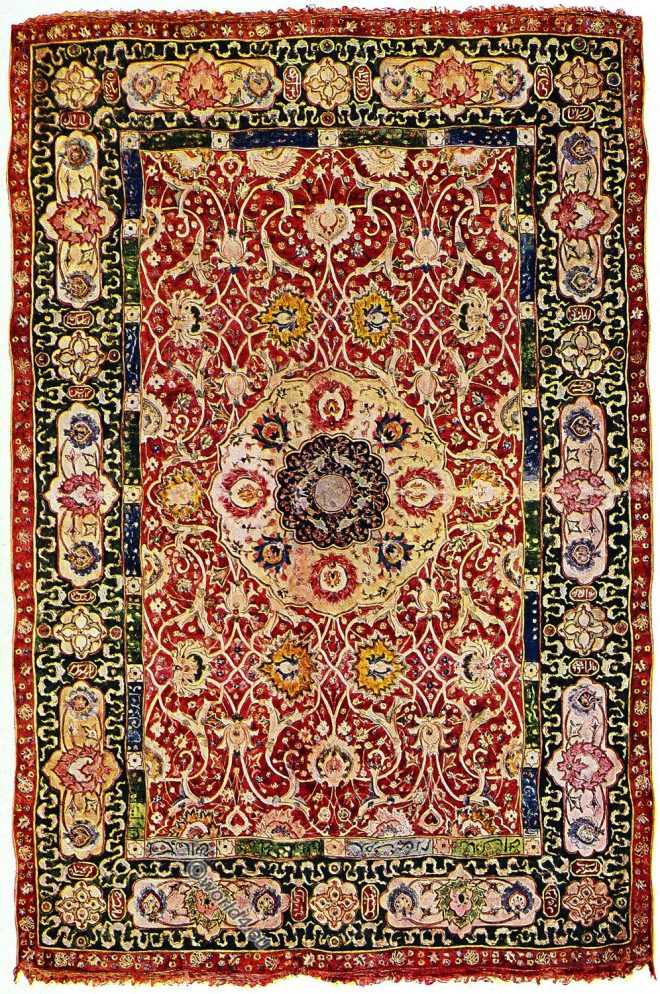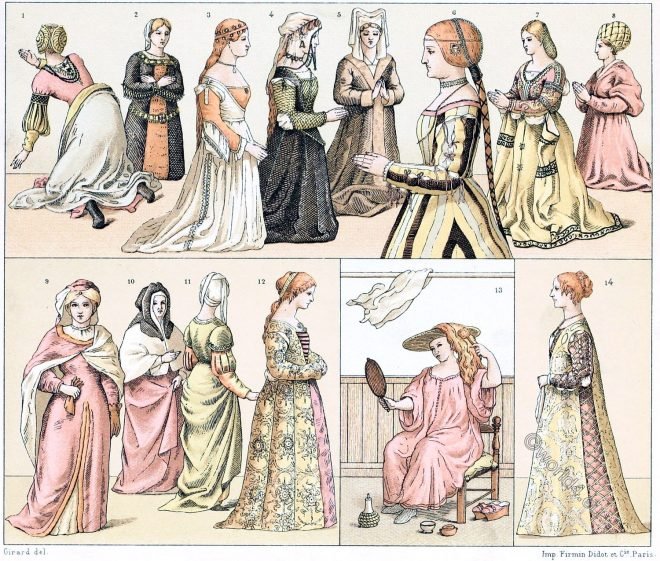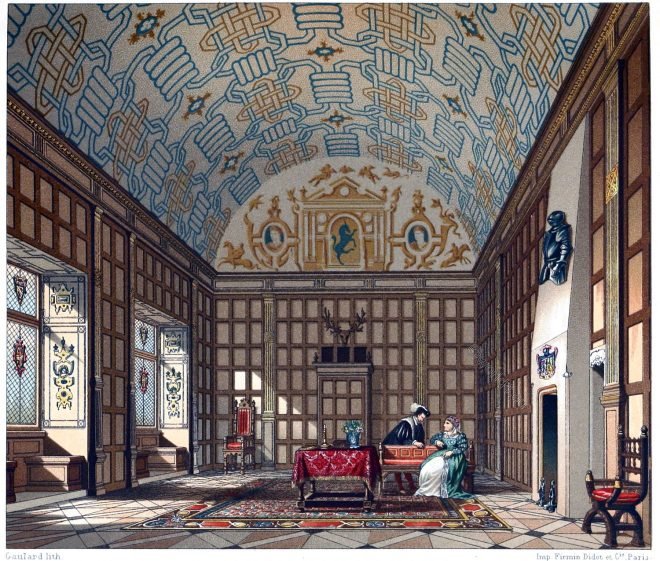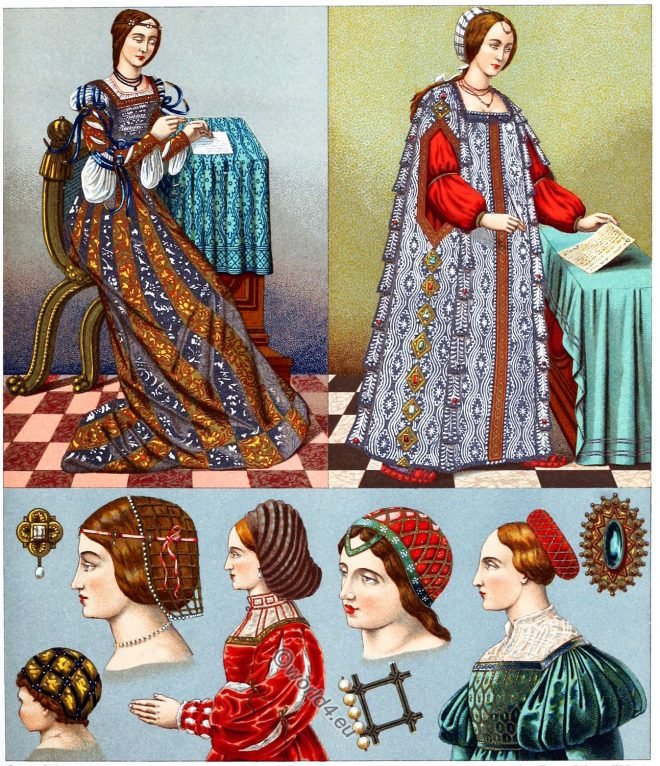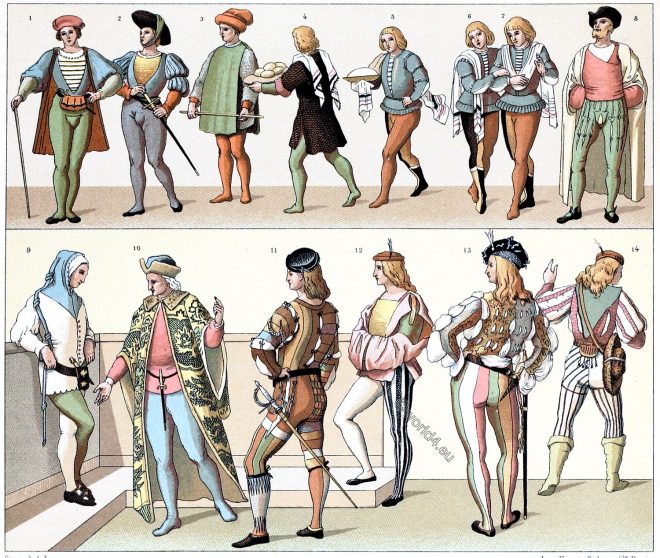Mughal Emperor Nasir ud din Muhammad Humayun in the usual court attire of an audience. Mogul lady in a house costume. Farrukhsiyar, grandson of Grand Mogul Aurangzeb. Farrukhsiyar 10th Grand Mogul of India.
Category: 16th Century
Costumes and Fashion in 16th century. Renaissance, Spanish Fashion, Tudor.
The cloisters of Belem. Lisbon, Portugal.
The Church and Convent of Belem built by the rich and pious King Emmanuel, in the year 1500, to sanctify and to commemorate the greatest of Portuguese maritime events.
Patrician woman in precious bridal crown. The Nuremberg Patriciate.
The portrait of a woman from the first half of the 16th century shows a bride from a rich Nuremberg patrician family. The Nuremberg City Council declared themselves patricians during the Renaissance
Transport wagons, coaches and carriages in 16th and 17th century.
Transport wagons, coaches and carriages in 16th and 17th century Europe. Coaches in France. Continental carriages in the 13th and 14th century.
The Doge of Venice from the 9th to the 16th century. Officials.
The Doge of Venice from the 9th to the 16th century. State regalia. Officials. Jewish merchant of the 14th century.
Oriental Rug of the second or third quarter of the sixteenth century.
Oriental Rug probably from northern Persia. The arrangement of the arabesques in the main field is one of the most ingenious in Persian rugs.
Female fashions in the 14th, 15th and 16th centuries. Italian Renaissance.
Renaissance. Italian and Dutch types. Female fashions in the 14th, 15th and 16th centuries. The coloring of the hair in Venice.
Hall of Boughton-Malherbe, County of Kent. Elizabethan England.
Reception hall of Boughton-Malherbe, County of Kent at the time of Elisabeth 1573. English Renaissance. Tudor period.
Italian fashion. Female costumes, Hairstyles and Headgear. 16th century.
Italy 16th century. Female costumes, Hairstyles and Headgear at the time of the Renaissance. Italian fashion of the 16th century.
Civil and military fashion & costume in Italy. 14th to 16th c.
Venetian, Florentine and Milanese fashion. In the 15th century luxury reached its highest level especially among the Venetian nobility.


